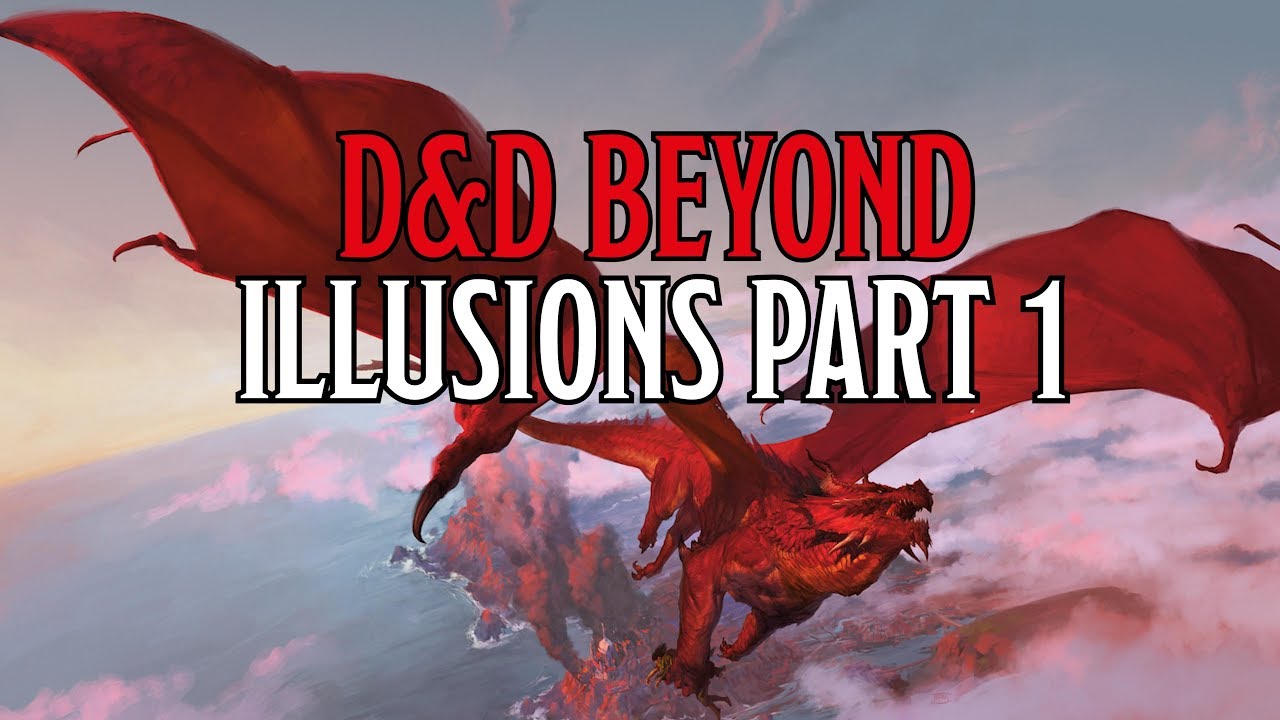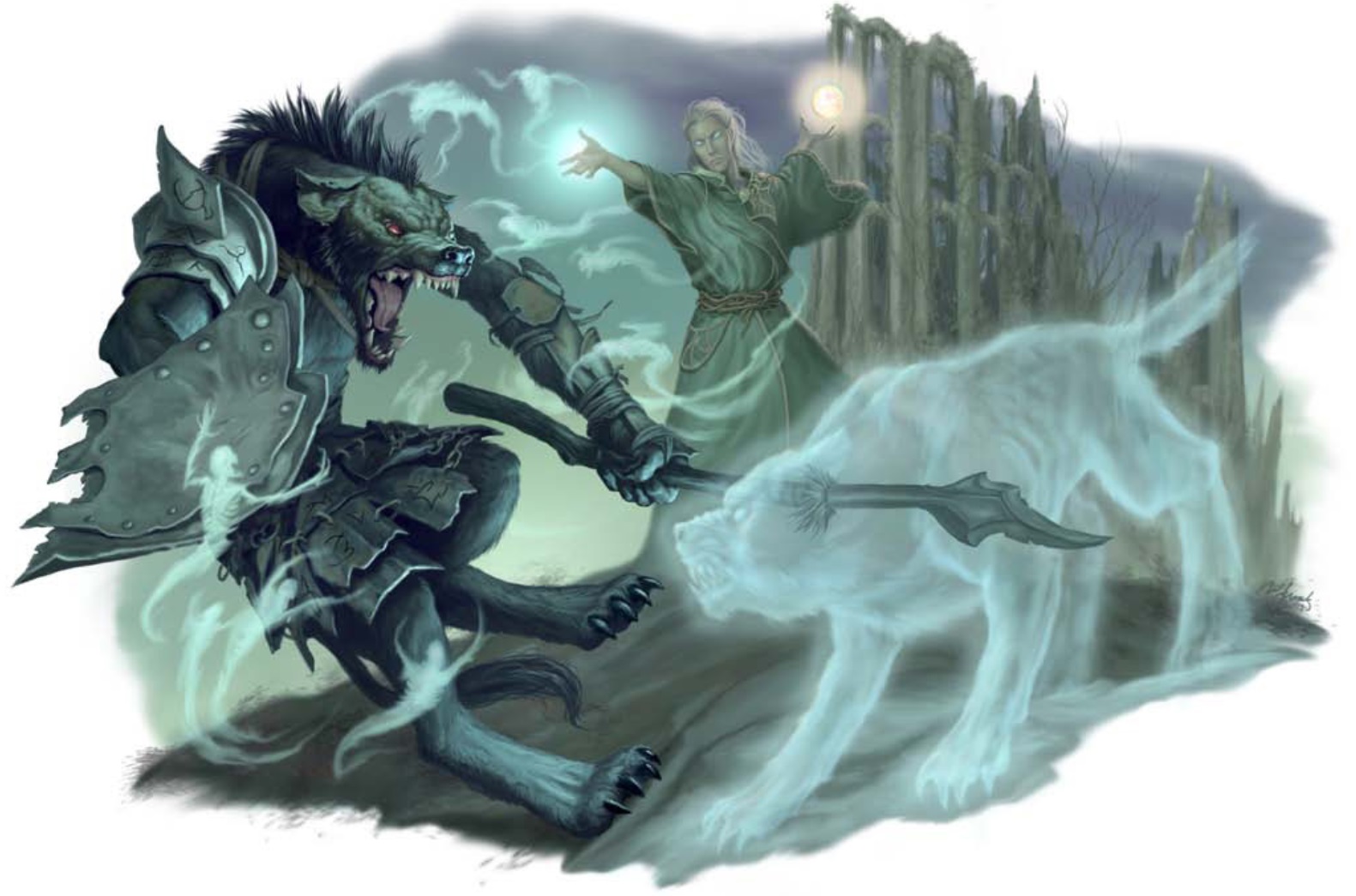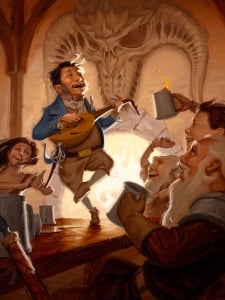D&D: A Primer For Illusions – Magical Make-Believe

The school of Illusion can be a tricky one to master–but 5th Edition lead rules designer, Jeremy Crawford, is here to instruct you in Illusions.
Illusions are one of the most maligned schools of magic out there–the spells are either god-tier effective or they end up doing nothing. Worse than nothing because they cost you your action to cast, possibly even some costly spell components. Fortunately, lead rules designer for 5th Edition, Jeremy Crawford, is here to help your Illusions live up to their fullest. Used carefully, these spells can add a lot to your game, and it can be just as fun to watch everything go right, as it is to watch it all go wrong.
Crawford outlines a good couple of rules for dealing with Illusions. The first is a handy rule for dealing with anything and it’s: figure out what the players intend.
There is nothing like a player asking an open-ended, seemingly innocuous question to raise the hackles on the back of even the most trusting Dungeon Master. Many an experienced DM knows the joy of having a player ask “well how many chairs are at the table,” only to ask it with some sort of master scheme in mind that will surely turn the combat right around.
The same thing goes for casting an Illusion. If you’re creating something out of nothing, it’s best to get an idea of what the player intends. Are they trying to create something to hide behind, are they creating something to make themselves seem more powerful, are they just trying to disguise themselves, or are they creating a diversion?
Once you know what the players intend, you can better figure how to adjudicate the illusion. As Crawford recommends, thinking of it like GFX or imagining it within the limits of the spell–and the limits of the environment–is a huge step towards getting the illusion right. The other big rule here is to understand your environment.
This is good advice for a DM no matter what they’re dealing with. But details and specificity are your friends when setting any scene. Is it windy? Are leaves blowing around outside? They might blow through the tower–but that runs the risk of being a jerk move if you make it an auto-fail. Spells like Alter Self are huge, but they only last until someone decides to go touching you. Good thing society does such a good job of encouraging social norms where you don’t just run up and tug on someone’s mustache because you think it might be illusory.
Essentially give the world a chance to fall for the illusion. And give the players a chance to screw it up. Consequences help build immersion, so having an illusion spell broken from time to time helps to maintain the larger illusion of the game.
Now Crawford doesn’t mention it here–but this is only part 1, so part 2 might be coming with more Illusory advice–until it does though, let me leave you with: once you know what your spells can do look for ways to be creative. Did your mirage arcana replicate a high cliff? Do your characters use a free-form illusion to create the impression that they’re capable of casting world-ending magic? You absolutely should. Don’t expect to always get away with it–but Illusion is a school of magic all about using your tools in new ways.
How do you use Illusion in your games? Let us know in the comments! Happy Adventuring!




